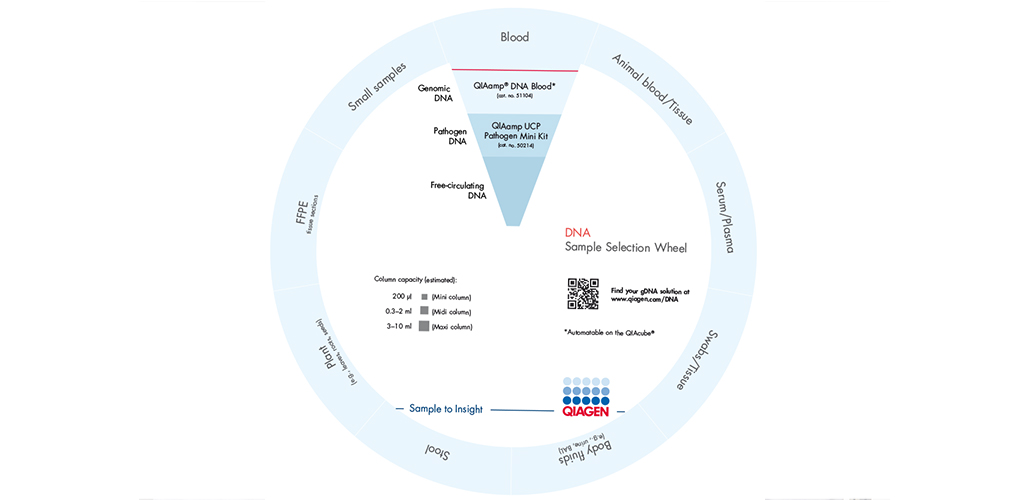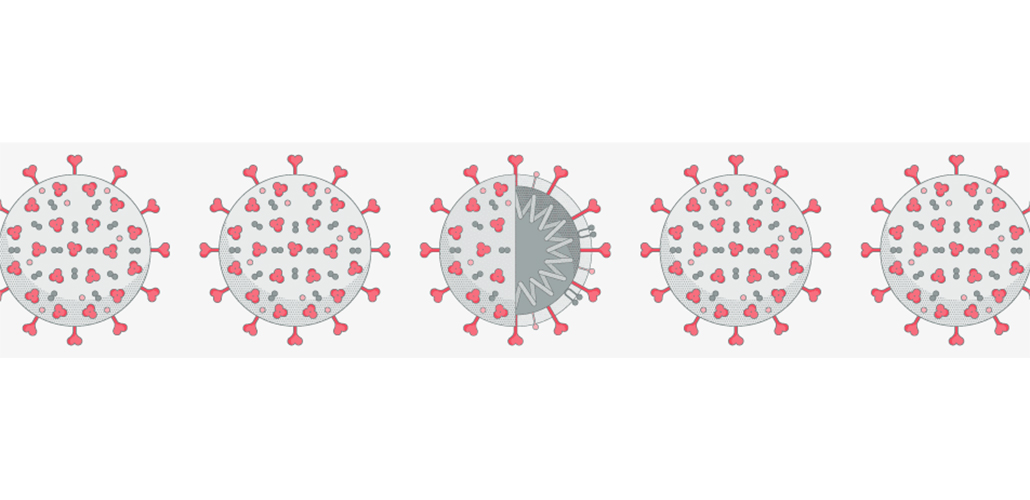Quantitative analysis of β-lactam in food
Nutrition & Food Sciences / Agro-Food / Government & NGOs
April 30, 2015The new RIDASCREEN® Penicillin ELISA allows a quantitative screening of penicillin drug residues in milk, meat and serum.
- High sensitivity
All Detection Limits are compliant with Maximum Residue Limits (MRLs) of various markets, e.g. the Detection limit in Milk (0.2 ppb) is far below the MRL (4 ppb) of EU, Codex Alimentarius and Russian Customs Union.
- High cross reactivity for broad residue screening
The test enables a comprehensive screening due to its high cross reactivity’s for numerous penicillin antibiotics
- Convenient sample preparation
Milk and serum samples are prepared by simple dilution with sample buffer
For meat, an aqueous extraction is used without necessity of organic solvents
- Easy data evaluation
Results can be evaluated with RIDA®Soft Win/RIDA®Soft Win.net version 1.91
Background:
β-Lactam antibiotics which were named after their characteristic five-membered β-Lactam ring and form a large group of antibiotics. They are classified by their chemical structure in several subgroups, whereas the most important ones are the penicillins, cephalosporins and carbapenems. The penicillins were discovered accidentally in 1928 by Alexander Fleming and inhibit cell wall synthesis of gram positive bacteria. Despite their early discovery, they are still the most widely used group of antibiotics worldwide. Especially for mastitis, a bacterial infection of the dairy cow udder, they are the first line treatment. For the reasons of consumer protection and process safety in the dairy industry, in Commission Regulation (EU) No 37/2000 Maximum Residue Limits (MRLs) for 7 penicillins in food of animal origin were established
hSJrm7CU58TEt385ZbPR.jpg)



